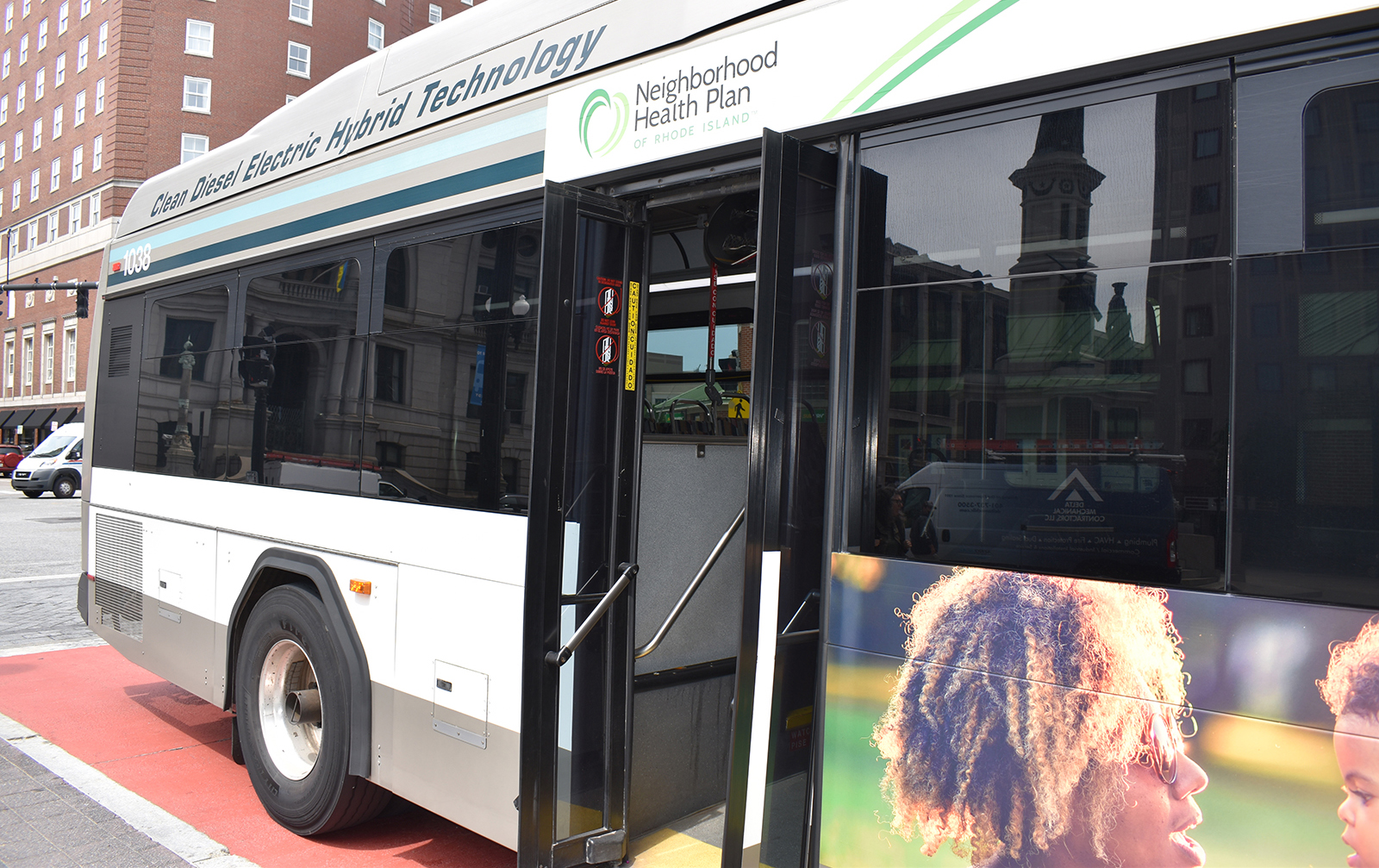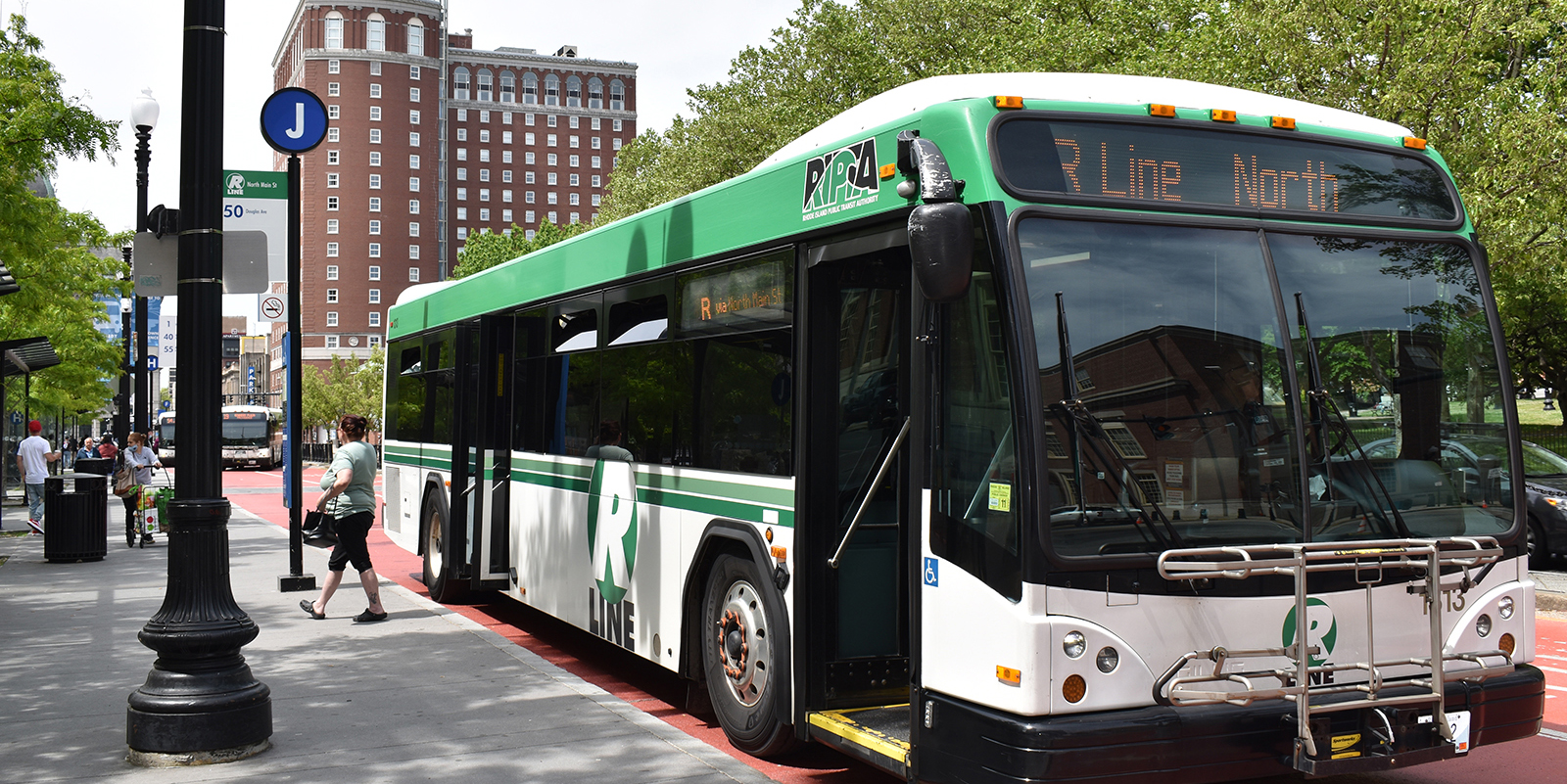Full Throttle (or the Electric Vehicle Equivalent) Ahead for Rhode Island Charging Infrastructure
October 1, 2021
From better signage and consistent maintenance to health equity and renewable energy job creation, innovative ideas for Rhode Island’s electric vehicle charging infrastructure were heard by state officials during a recent public listening session.
The Sept. 29 session — the first of three held during National Drive Electric Week — brought people together across sectors to jump-start the creation of a statewide plan for electric vehicle infrastructure and accessibility over the next three months. As mandated by legislation (H5031 and S0994) passed by the General Assembly this year, the Department of Transportation (DOT), Division of Motor Vehicles (DMV) and the Office of Energy Resources (OER), along with the Department of Environmental Management (DEM), will work together to implement a comprehensive deployment strategy by Jan. 1.
The plan, which according to session host Rachel Calabro, seeks to incorporate voices from across sectors and communities. Public comments can be made at the last scheduled listening session — Oct. 1 from noon to 1 p.m. Written comments can also be submitted through an online portal until Dec. 3.
“We’re really looking across the board at electrified transportation,” said Calabro, climate change program manager for the Rhode Island Department of Health. “We want to make sure that everyone who wants to switch to an electric vehicle can do it.”
The session flagged practical considerations that could ease the transition into an electric-car era. Signs signaling wait time and “visible from the street” could also help drivers make quick decisions on where to pull in for a charge, Connecticut-based solar broker Rod Ferguson said.
Beyond on-the-road visibility, Matt Bloom, business development director at electric vehicle software company AmpUp, recommended all charging stations in Rhode Island be networked. Looping them into an existing infrastructure can make them findable on network apps and maps, and is useful for drivers to reserve a spot, authenticate the charge, and process payment.
“There’s no way for the average [electric vehicle] driver, myself included, to find a station if it’s not networked,” Bloom said.
Unlocking these networks — so that drivers of any electric vehicle model can freely use a broad range of charging points — is also important, he said, comparing locked networks to the early iPhone market.
“When the iPhone came out … the only way you could get it is if you had AT&T and a five-year contract, and you were sort of locked into that for a bunch of years,” Bloom said. “Today you can buy an unlocked iPhone, right, and take it to any service provider.”
Unlocked charging stations similarly allow for greater integration of charging networks, he said, providing customers with greater “choice and control” at the pump — or plug, rather.
Many at the listening session also suggested providing handicap charge points and installing stations closer to building entrances and shopping centers to boost accessibility and increase utilization.
“If I can multitask and do my grocery shopping while I’m charging my car, that works out perfectly for me,” Providence resident Ryan Vigneau said. “But if I have to go to some park-and-ride that’s off a weird exit off the highway, I’m probably not going to be as incentivized to go charge my car there.”
Public charging stations are particularly helpful for renters, who may not have access to outdoor outlets or home charging units, said Mal Skowron, Green Energy Consumers Alliance transportation policy and program coordinator. The charging stations at Roger Williams Park Zoo have been invaluable, she said, as a renter and electric vehicle owner.
“I love spending time at the park, but definitely want to see more charging stations in places that people frequent,” she said. “I think that’s a really important strategy to help make sure that city dwellers, in particular, have access to charging.”
High-use charging stations see lower operation costs and greater affordability for users, according to Skowron. But there’s a chicken-or-the-egg conundrum in that the charging infrastructure must be built out before people feel comfortable making the switch to electric vehicles.
“Being able to have a strategy to find that balance is important, and it does involve having a sense of how many [electric vehicles] we would want to have on the road by 2025 or 2030,” she said.
Skowron also noted the biggest public-health benefits will come from electrifying medium- and heavy-duty vehicles — some of the biggest contributors to air pollution. Developing charging infrastructure for these vehicles would be “a good strategy for the region,” she said, and improve air quality for those living closest to major transportation corridors.
The areas most affected by high pollution are often those with high poverty levels, Vigneau said, and this raises issues of equity in electric car rollout.
“My concern is that we will start putting in these infrastructures and trying to get people to buy electric cars, but all of those things are going to end up in relatively wealthy areas,” he said.
Incentives to buy electric will be essential, Vigneau said, to get electric cars into the areas that most need them, but may not otherwise be able to afford them.
“We should always apply a lens of equity to all these considerations and make sure that no community is being left behind when we’re deploying EV charging stations,” said Hank Webster, senior policy advocate and Rhode Island director of the renewable energy nonprofit Acadia Center, “particularly when we’re using public funds to do so.”




I am a proponent of electric vehicles. We should incentivize their purchase but this needs to be applied equally to anyone who buys an electric vehicle with no regard to income or the area where you live. As for charging stations we could require any new development to incorporate a set number of metered stations as part of the approval process as well as requiring government entities to install them on public property. We will also need to incorporate some sort of tax structure on these stations to help pay for road maintenance as the gas tax does.
Jay Edwards. Great points. This whole article is helpful. Hope these plans will spill into RI’s neighboring states and grow further out. Start with CT.